Action Learning
Main TakeawaysReading Time: 4 minutes Action Learning facilitation (AL) is a process to foster learning by working on real problems and actually implementing solutions. It is a form of learning by doing. AL is grounded by the assumption, that learning is best achieved in small groups (so-called "sets") by individual practice and asking skillful questions.
Description of Action Learning
Action Learning is a facilitation format I use frequently. Action Learning facilitation (AL) is a process to foster learning by working on real problems and actually implementing solutions. It is a form of learning by doing. AL is grounded by the assumption, that learning is best achieved in small groups (so-called "sets") by individual practice and asking skillful questions.
Action learning is a process which involves working on real challenges, using the knowledge and skills of a small group of people combined with skilled questioning, to produce fresh ideas and reinterpret familiar concepts.
Working in groups assures that the group members assist each other; questioning initiates reflection and re-interprets old and familiar concepts, to gain new, fresh, insights.
Flow of an Action Learning Session
- The group ("set") meets on a regular basis (e.g. every 4-6 weeks.) for half a day.
- People who have presented before will give action report updates (15 minutes).
- One person presents a problem, a situation or an opportunity. The presenter describes the issues of concern through a narrative account while the group listens actively and attentively (10 minutes).
- The other group members ask questions. This is more a group counseling than a general discussion. The aim of the discussion is to encourage the presenter’s learning. The group members may take another 5 minutes to discuss amongst themselves. (25 minutes).
- The presenter then has a chance to respond – perhaps fixing an intermediate goal and to outlining next steps. (5 minutes).
- The facilitator may then step in to review the process, understanding of the issue and confirm actions. (10 minutes)
- Then a second person will then present their issue following the same process.
- The group closes the meeting by reflecting on the session and summarising their views of what has happened (15 minutes).
Components of Action Learning
- Powerful Questions
Clarification Question: "What happened?" • "How do you see it?" • "What makes you say that?" • "What else can explain the situation?" • "Could you say more about how you felt?" • "Who will be affected if you are successful?" • "Who might help you?" • "What obstacles do you envisage?"
Probing Question: "What is the difference between the current situation and the way you would like it to be?" • "Can you explain?" • "What exactly…?" • "Who else matters to this process?" • "Can you give an example?" • "What happened…and?" • "Who are ‘they’?" • "How do you feel?" • "What assumption are you making?" • "Is that assumption stopping you?"
Action Question: "If all decisions rested on you, what would you do?" • "What are your options for action now?" • "What other possibilities exist?" • "Where could you get more information about this?" • "Who else might have an interest in this?" • "What are you going to do for yourself before the next meeting?"
- Active Listening
Listening on the Rational Level: thoughts, facts, concepts, arguments, ideas and the principles behind these.
Listening on the Emotional Level: feelings, emotions, mood, experience and the values behind these. Listening to feelings can give us important clues about what really matters.
Listening on the Will Level: intentions, energy, direction, motivation.
- Sharing and learning
The presenter shares his action and experiences with the group. By listening, the group members become part of the story and experience the presenter tells.
- Reflection
By posting question to the story told both, the group members and the presenter, reflect familiar concepts and gain deeper insight to plan next steps.
- Action
Taking actions shows the experimental side of AL. By taking an action the group members probe different approaches to solve the issue. The outcomes of these experiments become input for further learnings.
- Group and individual development
Running through these circle of activities improves the individual development of each group member: they improve their personal skills as well they identify themselves as part of a strong team.
Rules of Action Learning
- Each person joins and takes part voluntarily.
- Each person must own an organisational task, problem or opportunity on which they want to act.
- "Sets" or groups of action learners meet to help each other think through the issues, create options.
- Take action and learn from the effects of that action.
- "Only One at a Time (OOAAT)": only one person at a time in the group presents an issue. The others give attention and help, entirely for her/his sake.
- "Counselling Style (COST)": even if group members can see a solution with great clarity they will refrain from giving advice or taking over the problem. Instead, they will continue listening.
- "Safe to Admit Need (STAN)": only in a group where it is safe to disclose ignorance, admit weakness and ask for help.
For privacy reasons YouTube needs your permission to be loaded.I Accept
When to use Action Learning
- There is a real problem that is important, critical.
- Solutions for a complex problem should be found.
- Personal development (skills, leadership) is important.
- Collaboration and learning in a group are suitable.
- A diverse problem-solving team.
Facilitator Role
- Assists participants in reflecting not on their problem-solving but on the elevation of their group functioning
- Focusses participants on examples of their leadership skills
- Keeps the process going - i.e. ensures that the focus remains on learning about the real issues.
- Should act when appropriate to prevent digression, to ensure that questions are formulated in an "open" way.
- May intervene through questions or statements.
Action Learning
Main Takeaways
Reading Time: 4 minutes Action Learning facilitation (AL) is a process to foster learning by working on real problems and actually implementing solutions. It is a form of learning by doing. AL is grounded by the assumption, that learning is best achieved in small groups (so-called "sets") by individual practice and asking skillful questions.
Description of Action Learning
Action Learning is a facilitation format I use frequently. Action Learning facilitation (AL) is a process to foster learning by working on real problems and actually implementing solutions. It is a form of learning by doing. AL is grounded by the assumption, that learning is best achieved in small groups (so-called "sets") by individual practice and asking skillful questions.Action learning is a process which involves working on real challenges, using the knowledge and skills of a small group of people combined with skilled questioning, to produce fresh ideas and reinterpret familiar concepts.
Working in groups assures that the group members assist each other; questioning initiates reflection and re-interprets old and familiar concepts, to gain new, fresh, insights.
Flow of an Action Learning Session
- The group ("set") meets on a regular basis (e.g. every 4-6 weeks.) for half a day.
- People who have presented before will give action report updates (15 minutes).
- One person presents a problem, a situation or an opportunity. The presenter describes the issues of concern through a narrative account while the group listens actively and attentively (10 minutes).
- The other group members ask questions. This is more a group counseling than a general discussion. The aim of the discussion is to encourage the presenter’s learning. The group members may take another 5 minutes to discuss amongst themselves. (25 minutes).
- The presenter then has a chance to respond – perhaps fixing an intermediate goal and to outlining next steps. (5 minutes).
- The facilitator may then step in to review the process, understanding of the issue and confirm actions. (10 minutes)
- Then a second person will then present their issue following the same process.
- The group closes the meeting by reflecting on the session and summarising their views of what has happened (15 minutes).
Components of Action Learning
- Powerful Questions
Clarification Question: "What happened?" • "How do you see it?" • "What makes you say that?" • "What else can explain the situation?" • "Could you say more about how you felt?" • "Who will be affected if you are successful?" • "Who might help you?" • "What obstacles do you envisage?"
Probing Question: "What is the difference between the current situation and the way you would like it to be?" • "Can you explain?" • "What exactly…?" • "Who else matters to this process?" • "Can you give an example?" • "What happened…and?" • "Who are ‘they’?" • "How do you feel?" • "What assumption are you making?" • "Is that assumption stopping you?"
Action Question: "If all decisions rested on you, what would you do?" • "What are your options for action now?" • "What other possibilities exist?" • "Where could you get more information about this?" • "Who else might have an interest in this?" • "What are you going to do for yourself before the next meeting?" - Active Listening
Listening on the Rational Level: thoughts, facts, concepts, arguments, ideas and the principles behind these.
Listening on the Emotional Level: feelings, emotions, mood, experience and the values behind these. Listening to feelings can give us important clues about what really matters.
Listening on the Will Level: intentions, energy, direction, motivation. - Sharing and learning
The presenter shares his action and experiences with the group. By listening, the group members become part of the story and experience the presenter tells. - Reflection
By posting question to the story told both, the group members and the presenter, reflect familiar concepts and gain deeper insight to plan next steps. - Action
Taking actions shows the experimental side of AL. By taking an action the group members probe different approaches to solve the issue. The outcomes of these experiments become input for further learnings. - Group and individual development
Running through these circle of activities improves the individual development of each group member: they improve their personal skills as well they identify themselves as part of a strong team.
Rules of Action Learning
- Each person joins and takes part voluntarily.
- Each person must own an organisational task, problem or opportunity on which they want to act.
- "Sets" or groups of action learners meet to help each other think through the issues, create options.
- Take action and learn from the effects of that action.
- "Only One at a Time (OOAAT)": only one person at a time in the group presents an issue. The others give attention and help, entirely for her/his sake.
- "Counselling Style (COST)": even if group members can see a solution with great clarity they will refrain from giving advice or taking over the problem. Instead, they will continue listening.
- "Safe to Admit Need (STAN)": only in a group where it is safe to disclose ignorance, admit weakness and ask for help.
For privacy reasons YouTube needs your permission to be loaded.
I Accept
When to use Action Learning
- There is a real problem that is important, critical.
- Solutions for a complex problem should be found.
- Personal development (skills, leadership) is important.
- Collaboration and learning in a group are suitable.
- A diverse problem-solving team.
Facilitator Role
- Assists participants in reflecting not on their problem-solving but on the elevation of their group functioning
- Focusses participants on examples of their leadership skills
- Keeps the process going - i.e. ensures that the focus remains on learning about the real issues.
- Should act when appropriate to prevent digression, to ensure that questions are formulated in an "open" way.
- May intervene through questions or statements.
: Wikipedia, Amador Robotics AUV Deployment • hackNY.org, via flickr.com • Clinical Leaders Network (NHS), UK, .

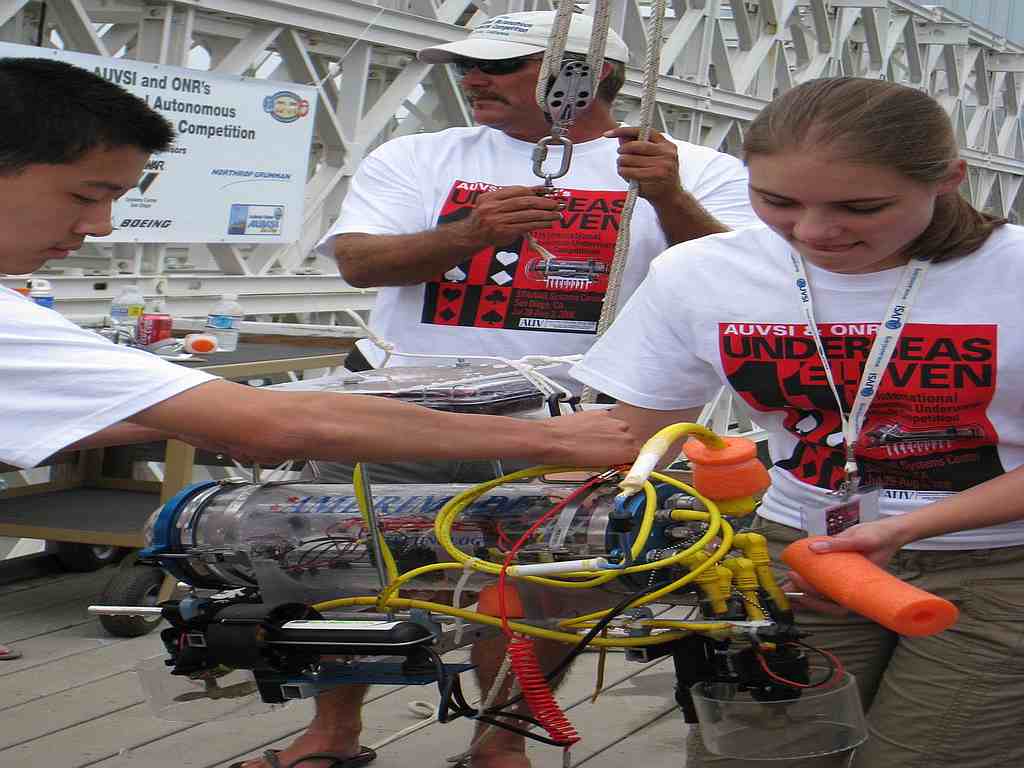
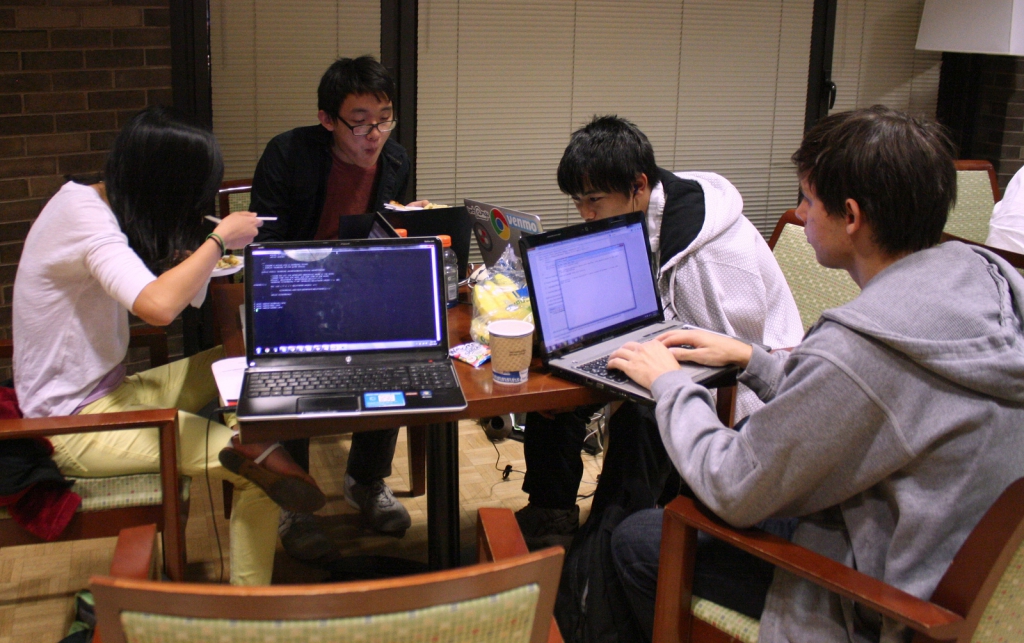
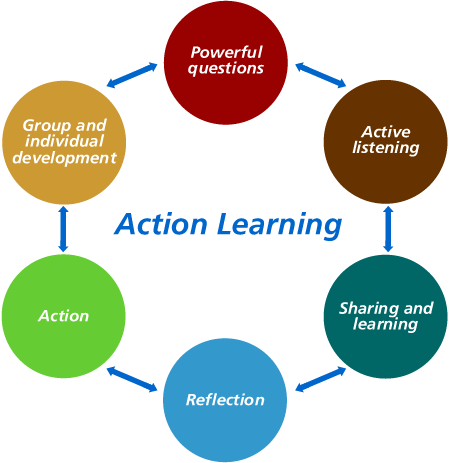
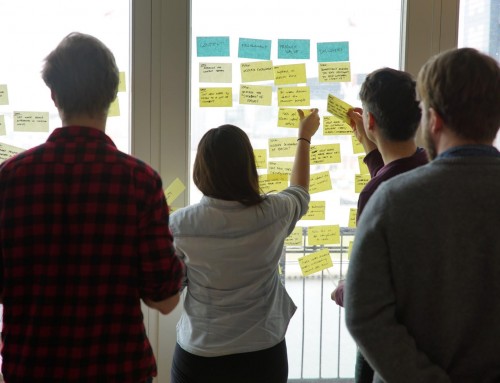



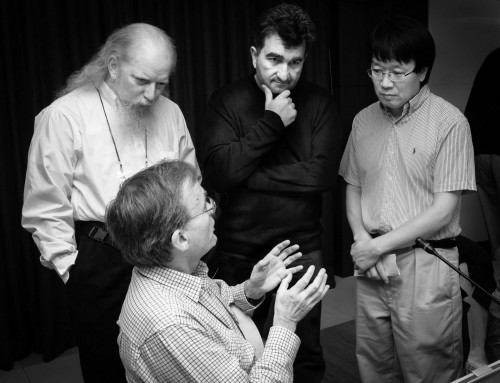
Leave A Comment